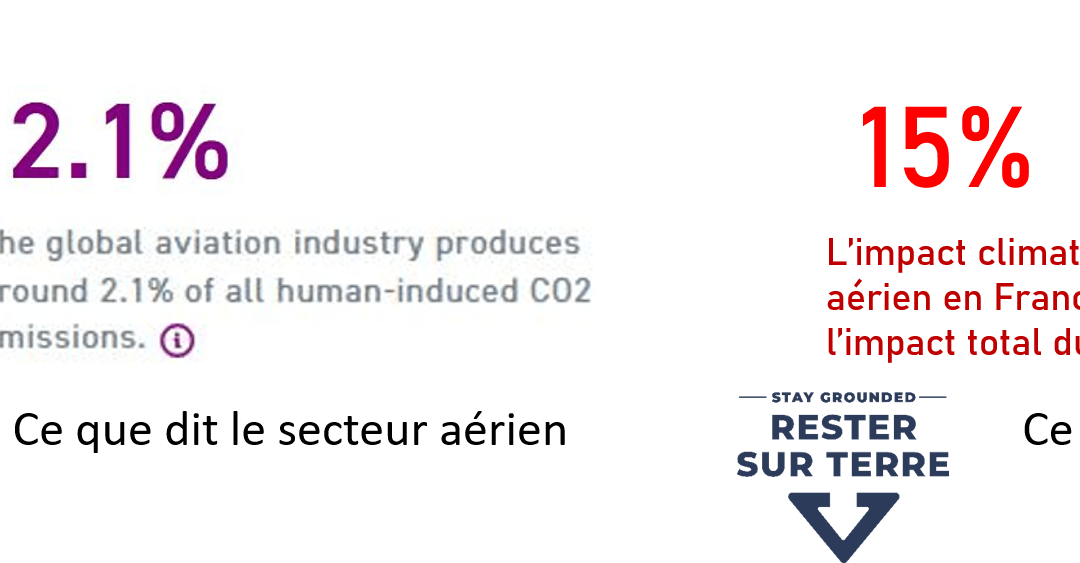Acccording to IATA, aircraft emitted about 850 million metric tonnes (MMT) of CO2 in 2017, or more than the entire German economy. And that doesn’t even take into account the climate impacts of other air pollutants released from burning jet fuel high in the atmosphere. Emissions are expected to triple by 2050 under business as usual growth. Maximum effort is needed to keep aviation emissions from undermining the Paris climate targets. This challenge would be made even harder if efforts by start-up manufacturers succeed in bringing new supersonic transport (SST) aircraft to market.
Supersonic aircraft, under development by U.S. companies like Boom, Aerion, and Spike, are likely to be much noisier, more polluting, and worse for the global climate than comparable subsonic aircraft. Boom Supersonic alone, which is supported by options from the Virgin Group and Japan Airlines, has ambitions to sell up to 2,000 small commercial jets by 2035.
Severe environmental costs would result if Boom were to meet its sales targets. Its “Overture” aircraft could be 5 to 7 times as carbon intensive as equivalent subsonic aircraft, with a 2,000 strong SST fleet emitting almost 100 million tonnes of CO2 annually by 2035. Supersonics will be noisy as well. They could double the area around airports exposed to substantial noise pollution compared to existing subsonic aircraft of the same size and impose disruptive sonic booms as frequently as once every 5 minutes in parts of Europe and North America. Supersonics will also have larger non-CO2 climate impacts due to emissions of water vapor directly into the stratosphere.
The bad news is that supersonic manufacturers have mobilized the Trump administration to establish weak domestic and international environmental standards for their aircraft. The good news is that Trump’s push is disorganized and has already been defeated twice. Effort to have the US Congress mandate weak domestic standards in the US failed when a group of environmental, public health, and community groups mobilized to oppose Boom. Last month, the UN’s International Civil Aviation Organization rejected a US proposal to start new work on special noise rules for SSTs.
Almost half of the potential SST market lies in Europe. Determined grassroots effort is needed to stop Trump’s supersonic push. Let’s work together to make sure that superpolluting supersonics are never cleared to land in Europe. As a first step, find some recommended readings below and watch and share this video. If you’d like to engage further, please contact [email protected] to be added to a mailing list about future actions. Europe, where almost half of the potential SST market lies, will be a particularly important battleground.
Recommendation reading
- https://www.nytimes.com/2018/06/11/opinion/reviving-supersonic-jets-will-damage-the-climate.html
- https://www.reuters.com/article/us-airplanesupersonic-usa-exclusive/exclusive-u-s-and-europe-clash-overglobal-supersonic-jet-noise-standards-idUSKBN1K21YQ
- https://www.politico.eu/article/airbus-boeing-icao-europe-moves-to-kill-the-american-supersonic-dream/
- https://www.theicct.org/publications/environmental-performance-emerging-commercial-supersonic-aircraft
- https:/www.theicct.org/publications/noise-climate-impacts-unconstrained-supersonics


